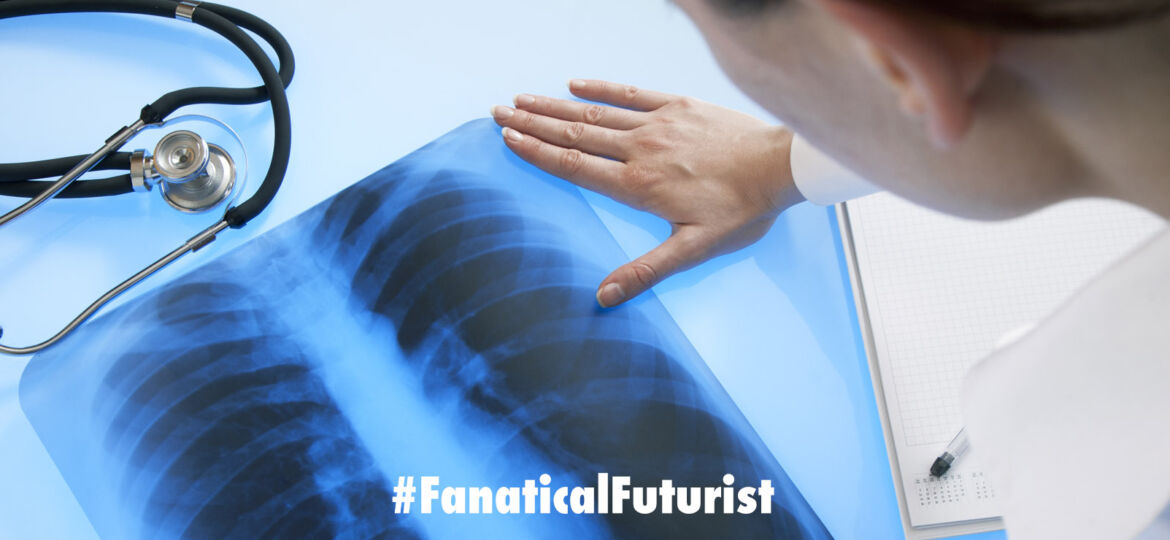
WHY THIS MATTERS IN BRIEF
AI is increasingly good at identifying disease indicators, even beyond the level of human experts, and its use can accelerate diagnosis.
 Interested in the Exponential Future? Connect, download a free E-Book, watch a keynote, or browse my blog.
Interested in the Exponential Future? Connect, download a free E-Book, watch a keynote, or browse my blog.
As the coronavirus pandemic, COVID-19, continues its rampage around the world global innovation and technologies are being called upon like never before to rally round and come up with newer, faster ways to identify and limit its spread. And they’re responding like never before by using supercomputers and AI’s to help develop vaccines and figure out the protein structure of the virus, by using drones to disinfect streets, keep people indoors and identify infected people, and robots to disinfect subways and treat hospitalised patients, as well as by using driverless trucks to deliver food, and smartphones to help identify people with the disease, enforce social distancing, and monitor people at home.
All of which is for starters – there’s now even an internet based voice test you can take to assess whether or not your infected, although it’s still in trials. Now researchers at the University of Waterloo have announced they’ve partnered with a US based startup to use AI to improve COVID-19 screening, and they’ve just released software that can quickly detect COVID-19 infections from chest X-Rays.
“This software has had promising initial results,” said Alexander Wong, a systems design engineering professor and director of the Vision and Image Processing (VIP) Lab at Waterloo. “We hope that by making this software open, we can attract clinicians and scientists far and wide to improve upon the technology.”
Wong launched the COVID-Net project in conjunction with DarwinAI, a Waterloo startup, this week. The latter, an AI assisted X-Ray screening method is meant to augment the Polymerase Chain Reaction (PCR) swab tests now in short supply in many areas of the world on the front lines of the coronavirus pandemic.
“Chest radiography can be conducted quickly and is relatively low-cost and widely available. It is already used by several countries to complement PCR tests,” said Wong. “Augmenting it with AI to improve screening accuracy could have a lot of value.”
In addition to their software the team have also developed a dataset and a scientific paper on their work publicly available on GitHub.
“Our hope is that COVID-Net will be used and built upon by clinicians, researchers, and citizen data scientists,” said Wong, who is also a founding member of the Waterloo Artificial Intelligence Institute. “Ideally, this tool will allow us to accelerate the global use and development of effective, radiography-based COVID-19 screening solutions and treatment of those who need it the most.”
To develop their screening tool, the researchers used public sources to compile a dataset of almost 6,000 chest radiography images from nearly 3,000 patients.
Sheldon Fernandez, a Waterloo Engineering alumnus and CEO of DarwinAI, said the open-source initiative comes after “grappling with how to best deploy our skills in service of the present crisis.”
In order to increase confidence in the new technology, researchers are also making available an explainability tool that shows how their AI technology reaches its COVID-19 detection decisions.
Wong said the explainability tool should build trust in the system and could uncover new insights into visual indicators associated with COVID-19 infections.
















